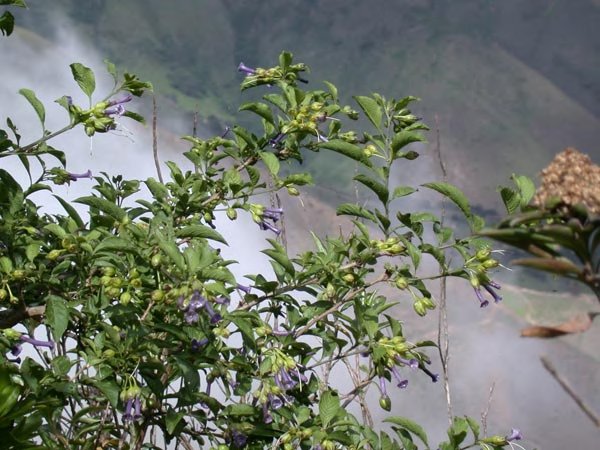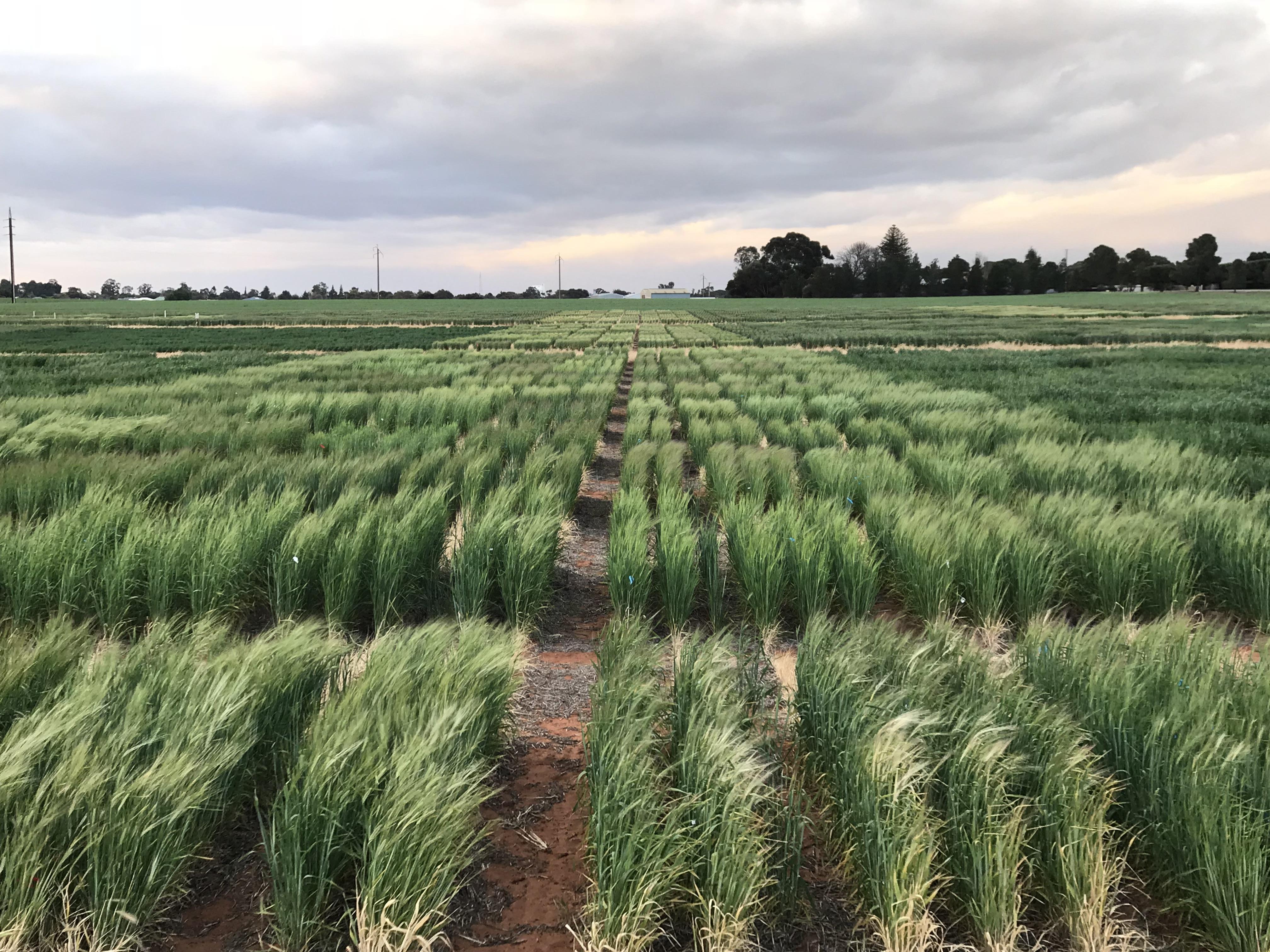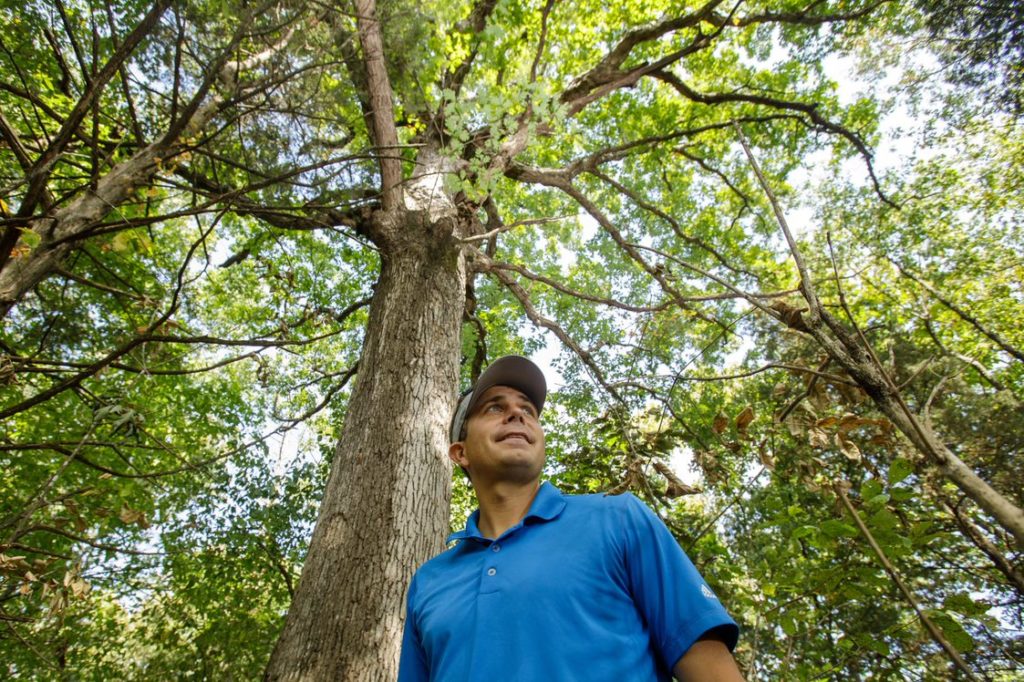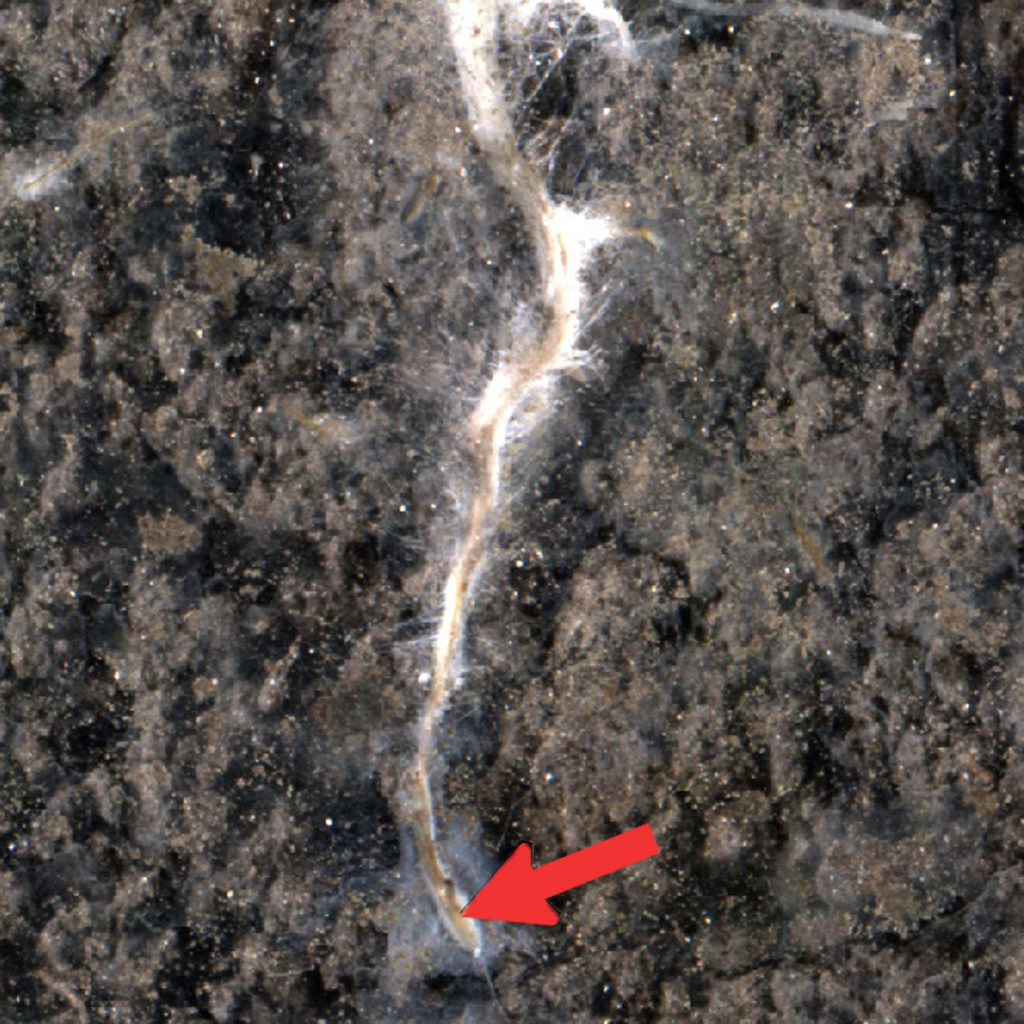Researchers at the University of Georgia have identified a promising approach to addressing a longstanding challenge for plant geneticists: balancing disease resistance and growth in plants. The breakthrough could help protect plants from disease in the future while also promoting higher biomass yields to support sustainable food supplies for both humans and animals, production of biofuels and lumber, and more, according to the new study.
Tag: CROP
Advances in Rice Genome Research Offer Insights and Promising Applications for Agriculture
A research team has achieved a groundbreaking improvement in the haplotype-resolved genome sequence of the japonica rice cultivar Nipponbare.
Movement of crops, animals played a key role in domestication
Over the last 15 years, archaeologists have challenged outdated ideas about humans controlling nature. Writing in the Proceedings of the National Academy of Sciences, Xinyi Liu in Arts & Sciences at Washington University in St. Louis argues for a new conceptual bridge connecting the science of biological domestication to early food globalization.
Early crop plants were more easily ‘tamed’
Plants are capable of responding to people and have behaviors comparable to tameness, according to authors of new research that calls for a reappraisal of the process of plant domestication, based on almost a decade of observations and experiments.
Soil sensor yields beneficial information for farmers
Electrical conductivity sensors were able to predict soil texture – especially at different depths – and correlated with corn yield data
Thirsty wheat needed new water management strategy in ancient China
Research from Washington University in St. Louis shows that a practice of purposeful water management, or irrigation, was adopted in northern China about 4,000 years ago as part of an effort to grow new grains that had been introduced from southwest Asia. But the story gets more complex from there. Wheat and barley arrived on the scene at about the same time, but early farmers only used water management techniques for wheat.
Why do farmers need to test their soils?
The soil used for crops provides more than a space to grow.
A new alliance: Corn with tillers work well together in restrictive environments
Field experiments finds that tillers improve corn’s resilience to environmental conditions in Argentina without negatively impacting yield

Why is pennycress a good cover crop?
Pennycress serves as viable alternative to traditional cover crops
The future of agronomy
Symposium will highlight speakers from US and abroad
Racing to the Roots: Soil Moisture Impacts the Speed of Nematodes
Greenhouse experiment finds that decreased soil moisture can hinder nematode speed and migration toward roots
Weedy rice has become herbicide resistant through rapid evolution
Biologists used whole-genome sequences of 48 contemporary weedy rice plants to show how herbicide resistance evolved by gene flow from crop rice. Almost all other cases of herbicide resistance in agricultural weeds result from selection of tolerant genotypes in the weed species.

Juicy research unearths new genome within the tomato family
The first full genome in the tomatillo tribe adds to the rich story of the tomato family.
Eat your greens and wash them, too
Urban gardeners can reduce lead contamination in foods like lettuce by following some gardening best practices
Researchers turn their gaze to impacts of winter grazing
Two-year study found no positive, or negative, impacts of integrated crop-livestock systems
Why interseeding might be the boost cover crops need
Cover crops are an effective tool to keep nutrients on farmland during the winter season. Research reveals that planting the cover crops before harvesting cash crops could maximize their beneficial effects
Does dew provide water to plants?
Plant life in drier regions rely on an unsuspecting water source
Study shows top “ingredient” to good-tasting coffee
Bean processing method impacts flavor more than production factors, according to Ethiopian research team
Shedding light on more efficient ways to breed cassava
Hand-hand spectrometer found to accurately predict root dry matter content
Sustainable growing is the nectar of life for honeybush tea
New research sheds light on how to sustainably grow and collect honeybush
The missing links: Finding function in lincRNAs
Genomes contain regions between protein-coding genes that produce lengthy RNA molecules that never give rise to a protein.
Lupin used as winter cover crop boosts summer sorghum yield
Common garden plant shows promise as valuable winter cover crop for sorghum and cotton growers in Southeastern U.S.
Pea and lentils invest in root system development differently
Root systems have a major impact on crop yields in semi-arid areas
Finding the best lentil varieties for every farm
A recent study measured how environmental factors and plant genetics come together to influence lentil yields and nutritional content
Ryes to the occasion – exploring how winter rye varieties can suit different climates
Two fertilizers shown as viable sources to winter hardy rye
Answering burning questions on biochar
Preliminary research focuses on biochar application to two evergreen tree species
Expanding Texas’ integrated pest management teachings
Pest management outreach to both rural and urban audiences in Texas will be expanded and improved thanks to a federal grant awarded to the Texas A&M AgriLife Extension Service.
The best bioenergy crops for the North Carolina Piedmont
Research shows options with high yield and low water use

Potential new tool for frost screening in crops
Agricultural scientists and engineers at the University of Adelaide have identified a potential new tool for screening cereal crops for frost damage.

Big Wheel Ruts, Big Economic Losses
Research suggests the economic loss from wheel-traffic compaction for farmers in North Dakota and Minnesota could exceed 1 billion USD

23 Years of Water Quality Data from Crop-Livestock Systems
Researchers summarize runoff water quantity and quality data from native tallgrass prairie and crop-livestock systems in Oklahoma between 1977 and 1999
Patterns in crop data reveal new insight about plants and their environments
A new study unearthed patterns in datasets collected on rice plants across Asia that allowed researchers to develop a matrix to predict the traits of rice plants depending on their genetics and environment. The approach could lead to better predictability in crop production.

How does flooding affect farms?
Patience is a virtue for on-farm flood recovery

Taller, Higher Soil Bed Design Can Help Save Farmers Thousands of Dollars
From Florida to Virginia, farmers are enjoying the fruits of Sanjay Shukla’s labor. His compact-bed geometry system allows growers to plant crops in tall soil beds, and the result is thousands of dollars in annual savings.

UK Partners With Bourbon Industry Leaders to Map White Oak Genome
Bourbon isn’t bourbon without the mighty white oak. Distillers have been aging bourbon in oak barrels as far back as the Roman Empire. Oak barrels give bourbon its unique caramel, vanilla, nutty and toasted flavors. Kentucky distillers rely especially on the white oak. But what if disease hits the species? How would industry professionals protect it? The University of Kentucky College of Agriculture, Food and Environment is partnering with Maker’s Mark Distillery Inc. in Loretto, Kentucky, and Independent Stave Company to research the DNA of the white oak.
Updates on balancing food production with environmental quality
Symposium to cover cross-cutting issues that apply to growers
Upcoming: Embracing the Digital Environment Meeting
Agronomists, crop and soil scientists from around the world to meet in San Antonio

Optimizing fertilizer source and rate to avoid root death
Study assembles canola root’s dose-response curves for nitrogen sources
What are some challenges of breeding flavorful food crops?
When researchers who were 20 and 21 visited a variety of shops in a city on the verge of implementing a law prohibiting sales to people younger than 21, more than 60 percent of cashiers didn’t ask them for identification,…